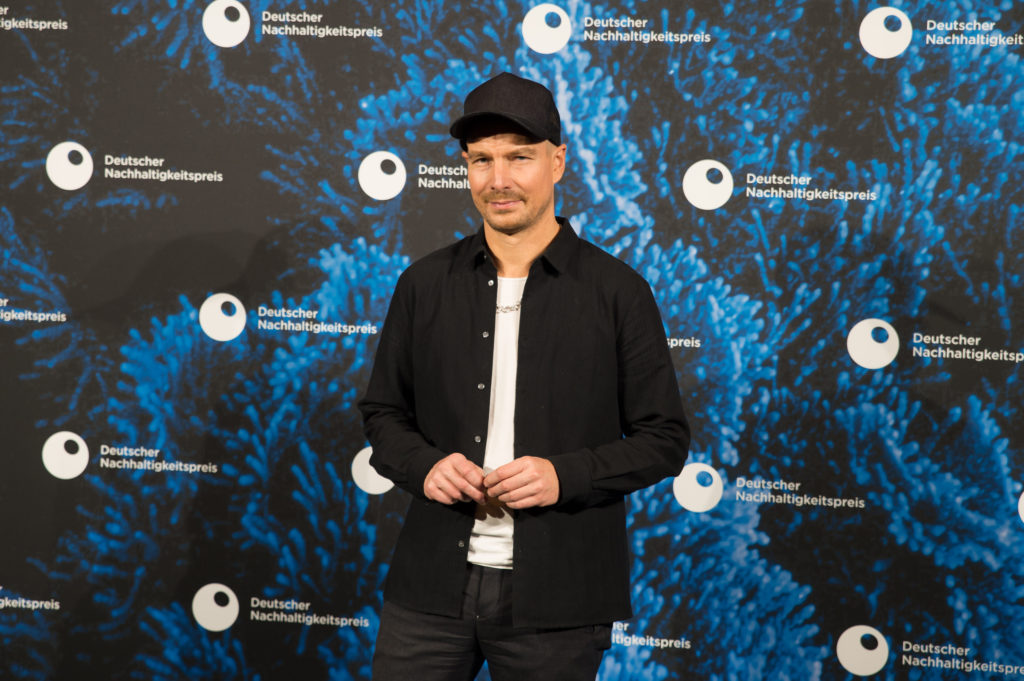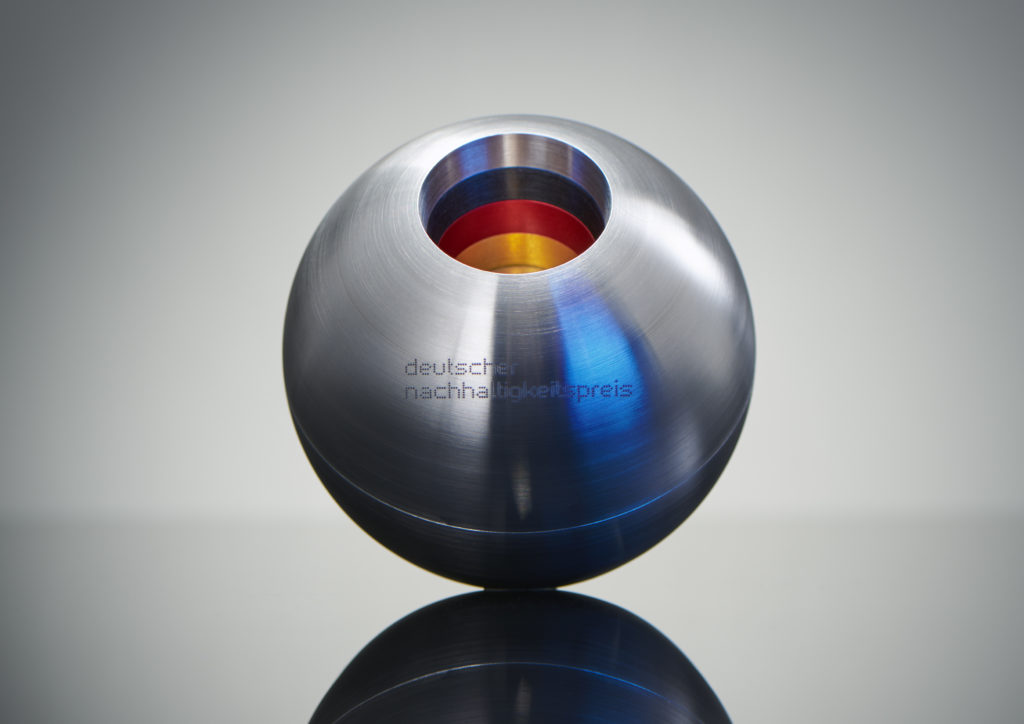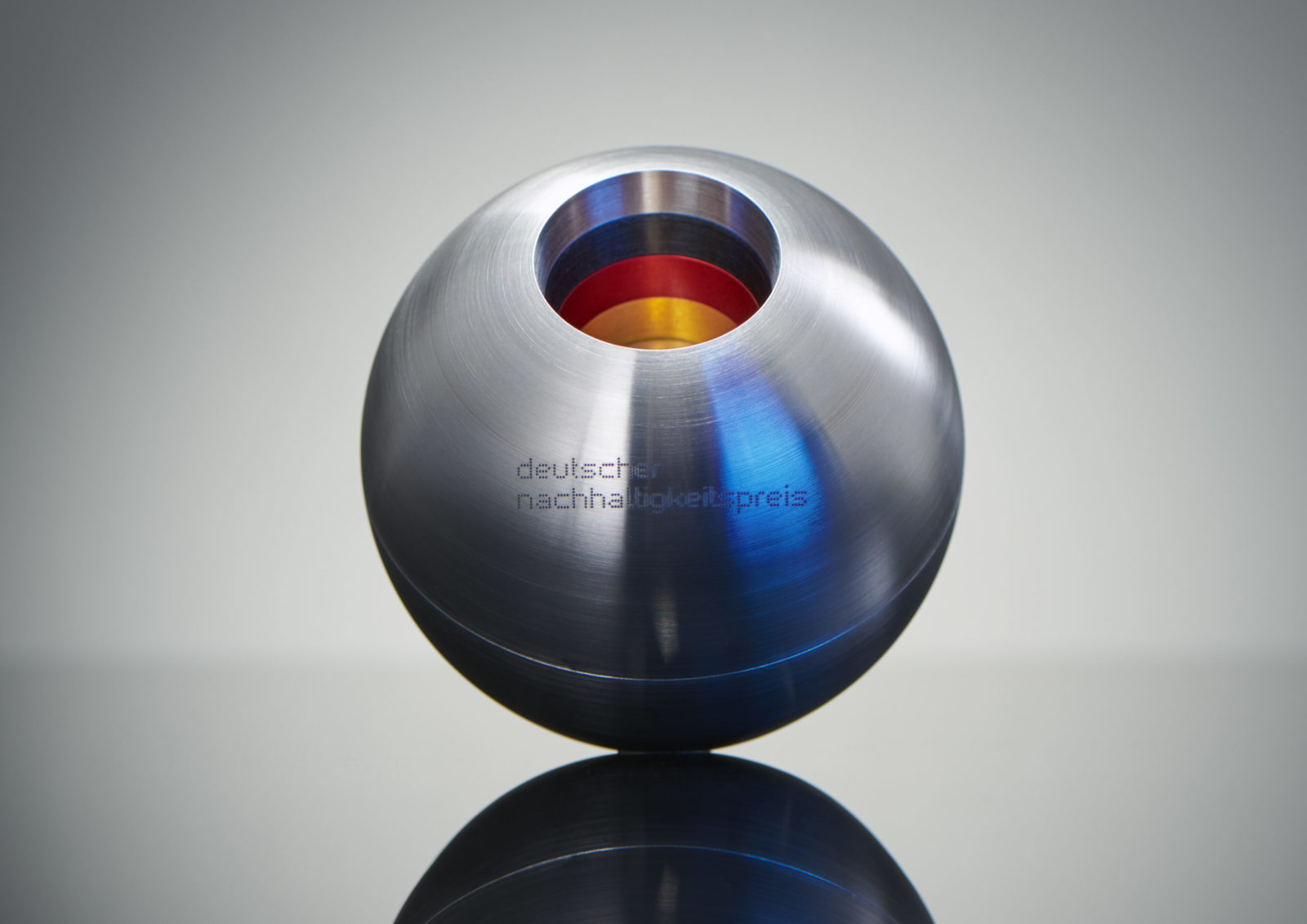In 2021, the German Sustainability Award will be presented for the fourteenth time and is considered Europe's biggest award for ecological and social commitment. Stefan Diez is one of this year's jurors and has summarized in his Circular Design Guidelines in ten points how good design can contribute to more sustainability.

With his Circular Design Guidelines, Stefan Diez is following in the tradition of design legend Dieter Rams (here in a detailed interview), who formulated the "Ten Theses for Good Design" back in the 1970s. Stefan Diez modernizes these theses in terms of the circular economy and adds the use of recycled materials, good reparability, system capability, energy efficiency and well thought-out logistics.

- A good product remains useful for a long time.
Design it in such a way that it adapts to changing requirements and thus remains relevant for longer.
- A good product can be repaired.
Use materials where signs of use do not reduce the value. Design it so that components with a shorter life expectancy can be replaced by the customer.
- Can the product be designed as a system?
System modules or assemblies can be continuously developed and optimized by the manufacturer in line with technical progress. A good product can be updated and remains on the market for a long time.
- Use materials that come from a material cycle or are renewable.
The materials used should not volatilize or rub off during use and are generally non-toxic. The materials used must be as self-explanatory as possible and easy to separate by type. A recycling station should be easily accessible for the last user. Renewable raw materials should be processed in such a way that they remain compostable.
- As little energy as possible should be consumed in the manufacture, use and recycling of products.
Consider the energy and resource consumption over the entire service life. In the case of everyday products, high production costs can be more than offset by daily savings. Also consider the energy required for recycling.
- Design the product so that it can be transported in a space-saving manner.
It can be packaged to save space during production, for transportation to the customer, when moving, for repair and for recycling. The packaging reliably protects the product from damage. Transport routes should generally be as short as possible.
- A good product is innovative and fascinating.
It should be complex, but not complicated, and offer its users a tangible benefit. A product should be coherent and honest throughout, speak for itself and enable a resonant relationship with its users.
- A good product is used by many.
It can be rented, shared and returned. Could the product, or a significant part of it, even remain the property of the manufacturer? Easy maintenance and repair as well as a long service life would then be in the manufacturer's interest as a matter of course.
- People are respectfully employed during production, maintenance and recycling.
Good products are manufactured in countries that treat minorities equally and guarantee freedom of expression. The health of employees is protected. Workers are employed according to their skills and paid fairly.
- A good product is as little product as necessary.
It consists of as little material as possible. Also check whether the same or even better effectiveness can be achieved with a (digital) service that makes the physical product superfluous.

The application phase for the DNP Design has started: Companies of all sizes, designers, students and start-ups are invited to submit their applications online until May 14, 2021. And of course, we are not just looking for products, but also services, systems, packaging and generally good ideas for a sustainable future.
Apply now at: Sustainability Award





